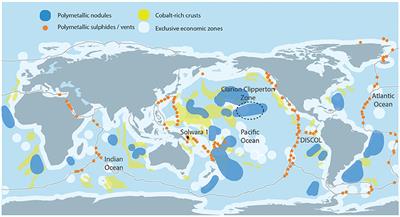CORRECTION
Published on 05 Jun 2018
Corrigendum: The Benthic Megafaunal Assemblages of the CCZ (Eastern Pacific) and an Approach to their Management in the Face of Threatened Anthropogenic Impacts
doi 10.3389/fmars.2018.00197
- 853 views
- 2 citations
68k
Total downloads
544k
Total views and downloads
CORRECTION
Published on 05 Jun 2018
ORIGINAL RESEARCH
Published on 17 May 2018
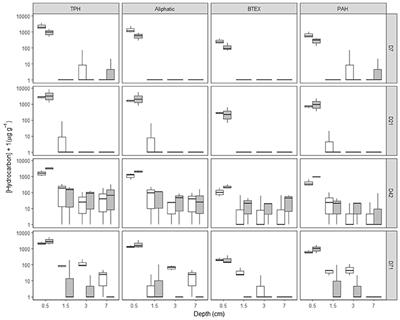
ORIGINAL RESEARCH
Published on 11 Apr 2018

ORIGINAL RESEARCH
Published on 06 Apr 2018
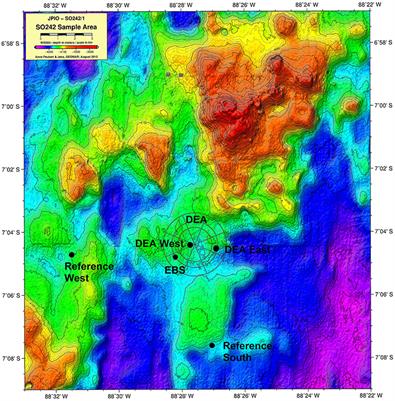
PERSPECTIVE
Published on 20 Mar 2018
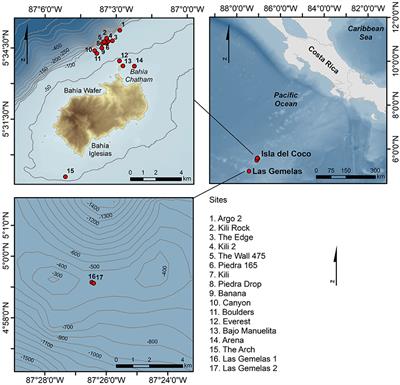
ORIGINAL RESEARCH
Published on 06 Mar 2018
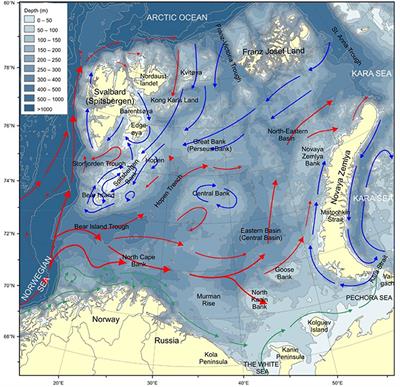
PERSPECTIVE
Published on 01 Mar 2018

ORIGINAL RESEARCH
Published on 27 Feb 2018
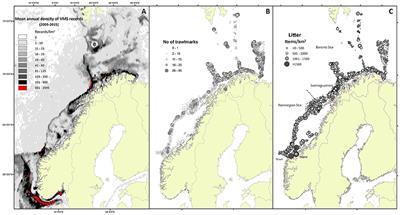
ORIGINAL RESEARCH
Published on 26 Feb 2018
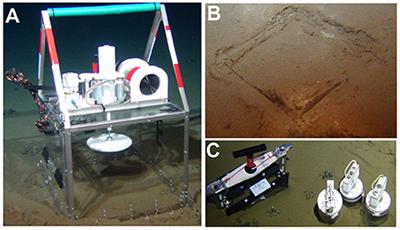
ORIGINAL RESEARCH
Published on 20 Feb 2018
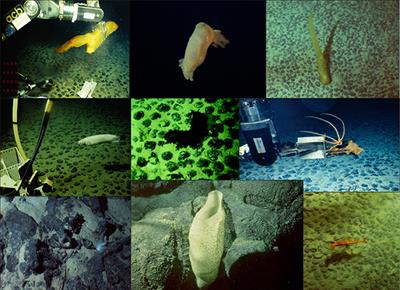
REVIEW
Published on 05 Feb 2018

REVIEW
Published on 10 Jan 2018
